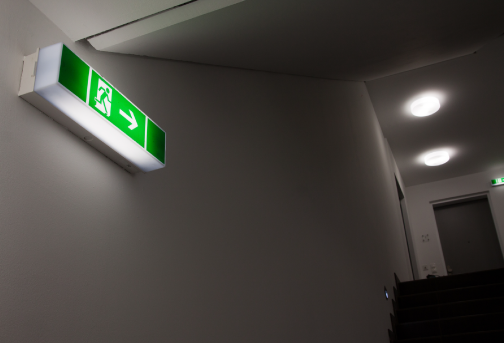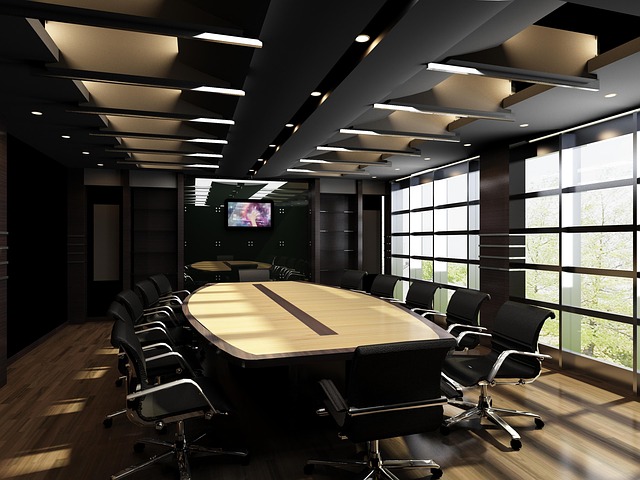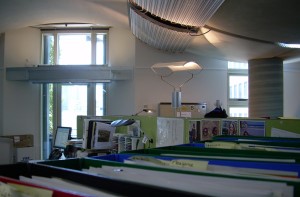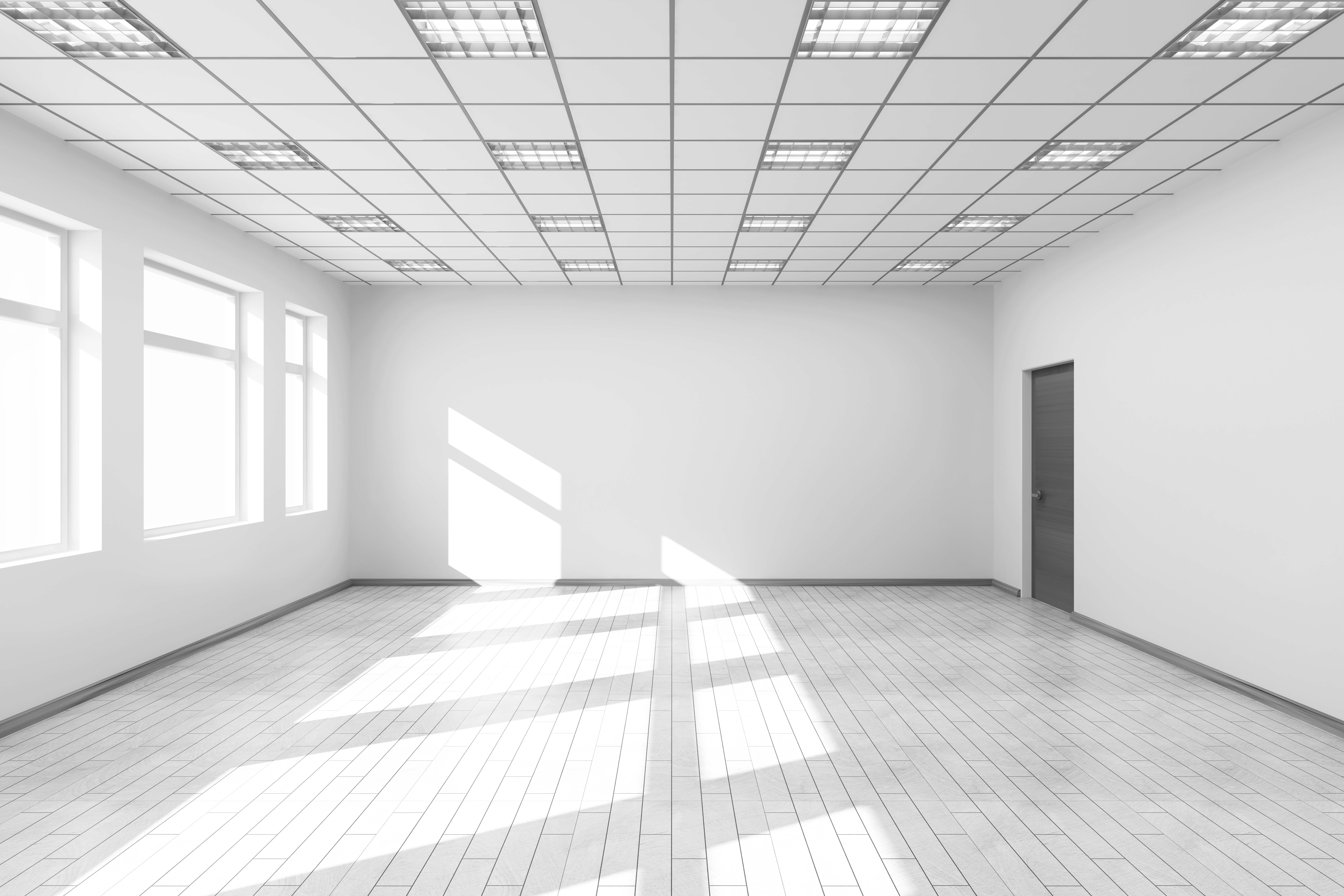Types of lighting

|

|

|

|
Contents |
[edit] Introduction
The term ‘lighting’ refers to equipment, the primary purpose of which is to produce light. This is typically some form of lamp. However, lighting can also refer to the use of natural light to provide illumination.
For more information about lamps, see Types of lamp.
[edit] Natural lighting
Natural light is that part of solar radiation that is visible to the human eye. Natural lighting, or daylighting, can play an important role in creating a comfortable environment, helping to regulate the body clock, improve concentration and create a calm, tranquil setting. Natural lighting can be exploited by enlarging windows, adding a window on a flanking wall, changing a non-load bearing wall into a glass-brick wall, installing a roof light, light tubes, and so on.
[edit] Artificial lighting
Artificial lighting is any form of lighting that is not 'natural'. Typically, artificial lighting is produced by electrical means. Artificial lights are available in a wide range of sizes, power, colours, and so on, to suit a variety of applications.
[edit] General lighting
General lighting is used to provide illumination over a whole floor area with a high degree of uniformity. This enables people, plants, furniture and so on to be positioned anywhere in the space and easily moved without needing to change the lighting array. General lighting is typically provided by evenly distributed overhead lights.
[edit] Ambient lighting
Also known as background or ‘mood’ lighting, ambient lighting creates a soft glow that gently illuminates an area without causing glare. Light fixtures such as upward facing wall lights can be effective at creating ambient lighting.
[edit] Accent lighting or feature lighting
This type of lighting is used to provide texture and focus to general lighting, and can draw attention to items on display such as artwork, while shadowing other areas. Accent lighting might be provided by spotlights, table lamps landscape lighting, and so on.
[edit] Task lighting
Task lighting is focussed, local lighting used to illuminate a specific area where a task is, or may be, performed. It is used as a contrasting light, which produces less general glare than if brighter lights were used to light an entire room. Typical examples of task lighting include; desk, swing arm, anglepoise and floor lamps, under cabinet and vanity lights, pendant and track lights.
[edit] Emergency lighting or safety lighting.
Emergency lighting is installed to provide lighting in the event of mains power failure and provides sufficient illumination to allow occupants of a building to evacuate safely. Types of emergency lighting include; emergency exit signs, recessed fluorescent lights, powerful halogen emergency spotlights for larger spaces, emergency ceiling lights and downlights, and so on.
For more information, see Emergency lighting.
[edit] Security lighting
Security lighting is generally used to illuminate an area where there is a concern for security. This may be turned on throughout the hours of darkness, to give visibility of an insecure area, or it may be turned on temporarily, for example when a person arrives at a property, sometimes activated by a linked detector.
[edit] Construction site lighting
In order that construction work can continue effectively and safely in periods of insufficient natural light, it is important that a site is fitting with suitable artificial lighting. Lighting can be used internally for general movement and working on the site itself, externally for illuminating entry, storage and circulation areas, and can also be an effective form of deterrent for trespassers.
For more information, see Lighting of construction sites.
[edit] Lighting for circadian rhythms
A combination of bright light during the day and darkness at night helps maintain the daily cycle of waking and sleep. Circadian lighting varies in colour and intensity during the day. The aim is to improve alertness during working hours using bright light, but to switch to lower brightness, warmer coloured light before it is time to relax.
For more information see: Circadian lighting
[edit] Street lighting
The term street lighting (or street lights) refers to the provision of lighting to illuminate streets, roads, pavements, and other open areas, generally at night and in public places.
For more information see: Street lighting.
[edit] Related articles on Designing Buildings
- Anglepoise lamp.
- Artificial lighting.
- Aspects of daylighting design covered by EN 17037.
- Daylight lighting systems.
- Designing daylight solutions for commercial buildings.
- EN 17037 Daylight in buildings.
- General lighting v task lighting.
- Glare.
- Health and wellbeing impacts of natural and artificial lighting.
- Light pollution.
- Lighting.
- Lighting and energy efficiency.
- Lighting designer.
- Lighting for circadian rhythms.
- Natural light.
- Neon lighting.
- Smart office lighting.
- Street lighting.
- Types of building EN 17037 applies to.
- Types of lamp.
- Use of lighting to improve health and wellbeing.
Featured articles and news
A change to adoptive architecture
Effects of global weather warming on architectural detailing, material choice and human interaction.
How big is the problem and what can we do to mitigate the effects?
Overheating guidance and tools for building designers
A number of cool guides to help with the heat.
The UK's Modern Industrial Strategy: A 10 year plan
Previous consultation criticism, current key elements and general support with some persisting reservations.
Building Safety Regulator reforms
New roles, new staff and a new fast track service pave the way for a single construction regulator.
Architectural Technologist CPDs and Communications
CIAT CPD… and how you can do it!
Cooling centres and cool spaces
Managing extreme heat in cities by directing the public to places for heat stress relief and water sources.
Winter gardens: A brief history and warm variations
Extending the season with glass in different forms and terms.
Restoring Great Yarmouth's Winter Gardens
Transforming one of the least sustainable constructions imaginable.
Construction Skills Mission Board launch sector drive
Newly formed government and industry collaboration set strategy for recruiting an additional 100,000 construction workers a year.
New Architects Code comes into effect in September 2025
ARB Architects Code of Conduct and Practice available with ongoing consultation regarding guidance.
Welsh Skills Body (Medr) launches ambitious plan
The new skills body brings together funding and regulation of tertiary education and research for the devolved nation.
Paul Gandy FCIOB announced as next CIOB President
Former Tilbury Douglas CEO takes helm.
UK Infrastructure: A 10 Year Strategy. In brief with reactions
With the National Infrastructure and Service Transformation Authority (NISTA).
Ebenezer Howard: inventor of the garden city. Book review.
Airtightness Topic Guide BSRIA TG 27/2025
Explaining the basics of airtightness, what it is, why it's important, when it's required and how it's carried out.























Comments
[edit] To make a comment about this article, click 'Add a comment' above. Separate your comments from any existing comments by inserting a horizontal line.
I loved the article. It is well-written and covered each type of lighting. Thanks for the article :)